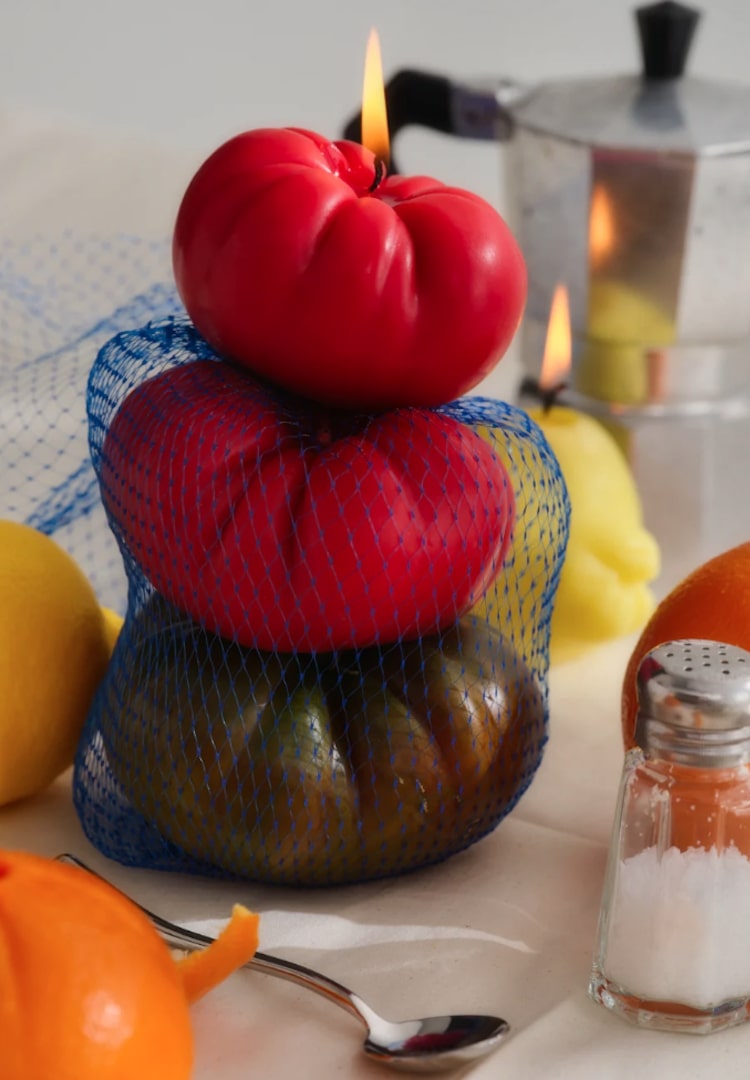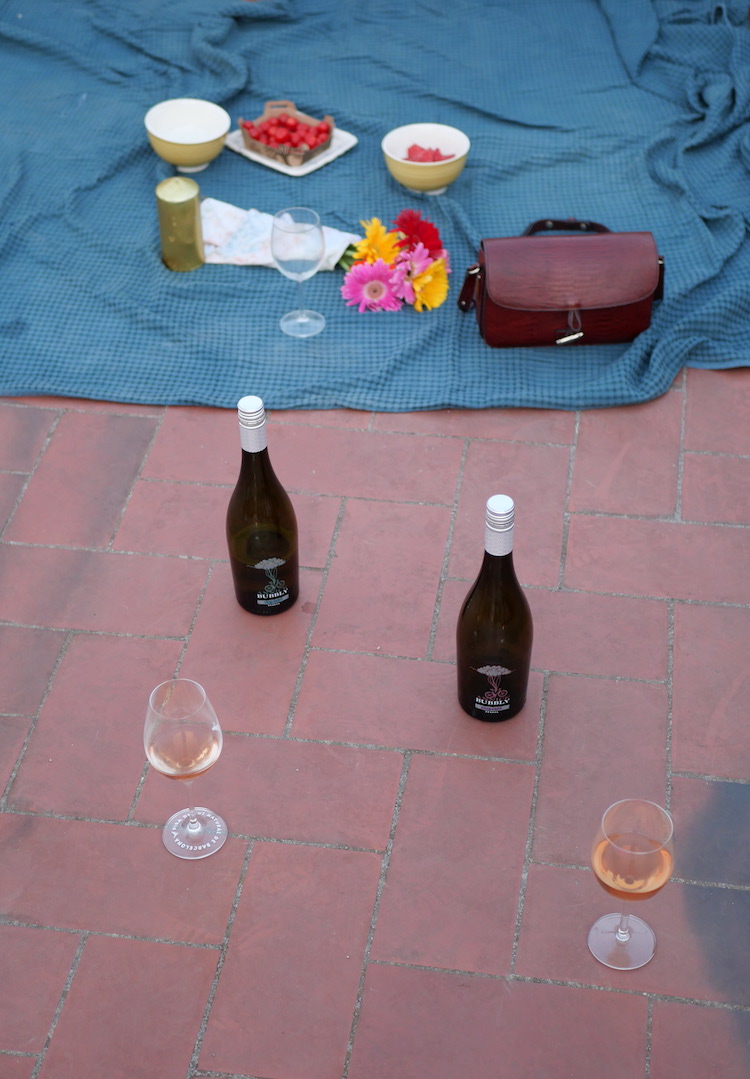National funding to address gender-based violence is on its way, so what does it mean for Australia?
WORDS BY IZZY WIGHT
The next steps.
Content warning: This article discusses acts of gender-based and sexual violence.
Today, the National Cabinet met to discuss measures of prevention to combat violence against women, after at least 28 women have been killed in acts of gendered violence this year. A string of alleged domestic violence homicides and high rates of gender-based violence cases have left Australia in the midst of a national crisis.
As the government searches for answers, it feels like for Australian women, our places of safety are narrowing. What does it mean to go for a run by yourself? To park a car in an empty lot? To enter a shopping centre on a Saturday afternoon?
Interested to hear how others navigate the world? Head to our Life section.
With such a spate of gender-based violence in the news, it’s hard not to lose faith – particularly when it’s suggested the answer lies in having conversations with men about kindness and respect. For women, the situation feels more immediate. So what’s actually being done, and when can we expect to see progress?
What’s being done on a macro level?
Today, the federal government announced it would commit over $900 million to measures combating the issue of gender-based violence. “This is, indeed, a national crisis and it’s a national challenge and we’re facing this with a spirit of national unity,” Prime Minister Anthony Albanese said. “We want to change this [and] we all have to take responsibility. Because violence against women is not a woman’s problem to solve, it is a whole-of-society problem to solve, and men in particular have to take responsibility.”
This means over the next five years, the government will establish the Leaving Violence Program, so those escaping violence can receive financial support, safety assessments and referrals to support pathways. “Those eligible will be able to access up to $5000 in financial support along with referral services, risk assessments, and safety planning,” Mr Albanese said.
A big focus was also placed on measures to address online exposure to violent and misogynistic content. New laws will be put in place to ban sexualised deepfake images, and additional funding will be implemented for the eSafety commissioner to review classifications to reduce exposure to inappropriate content, including violent pornographic material.
It was agreed that all states and territories need to strengthen justice systems, with a focus on high-risk perpetrators and serial offenders, to prevent homicides. “I will be satisfied when we eliminate this as an issue, when we’re not talking about this an issue, where women are not feeling as though they have to mobilise in rallies,” Albanese said.
“I will be satisfied when a parent says the same thing to their daughter that they say to their son when they go out at night, not, ‘How are you getting home from the train station? How are you getting home from the bus stop? Stay safe’.”
What changes can be made on a smaller scale?
Within our communities, complacency is an issue. There are the public acts of violence splashed across the headlines and there are the quieter, more insidious instances of abuse. Men have a responsibility not just to distance themselves from the problem of gender-based violence – and those who perpetrate it – but to hold each other accountable.
A cultural change is occurring, and honest conversations about the reality of gender-based violence and harassment are happening across schools, universities, licenced venues and other public spaces. As important as prevention is, we also need to address the systemic drivers of gender-based violence.
If you didn’t attend a rally over this last week, you can utilise resources like Feminist, Teach Us Consent and What Were You Wearing? Australia to educate yourself (and others) on topics like sexual violence, consent, life after trauma, communication and respectful relationships.
1800RESPECT is the national domestic, family and sexual violence counselling, information and support service. Head here for help.










